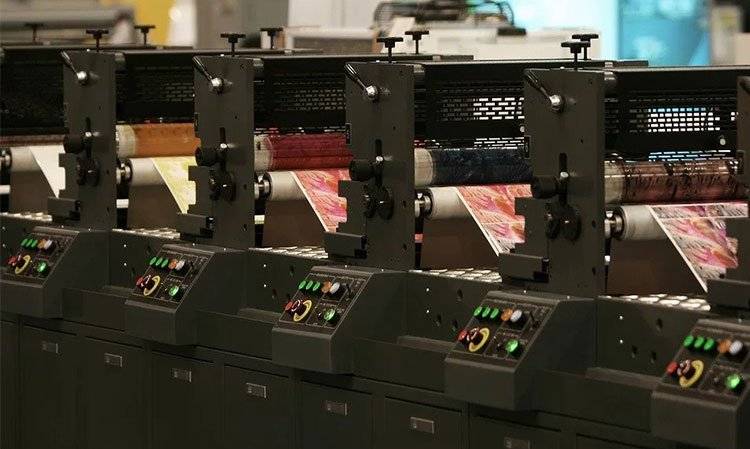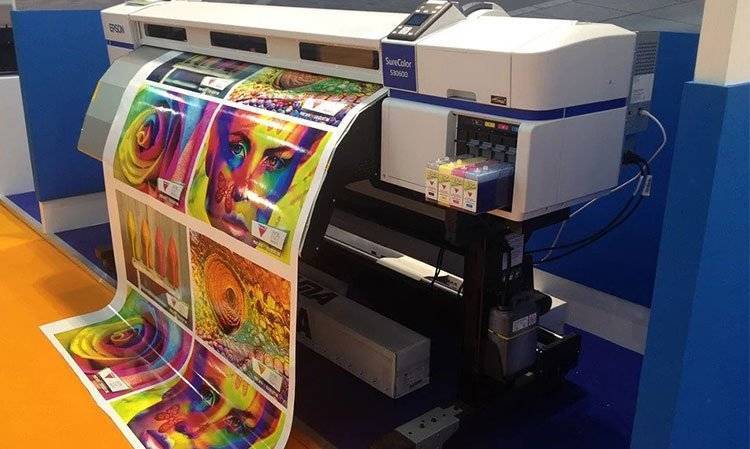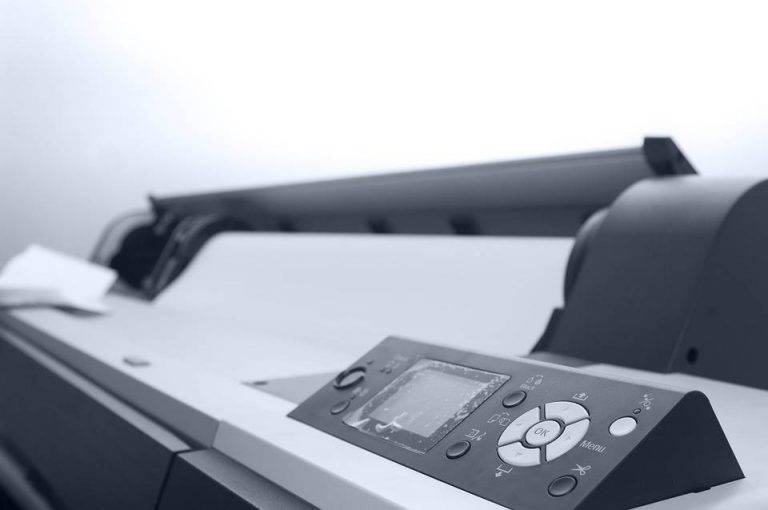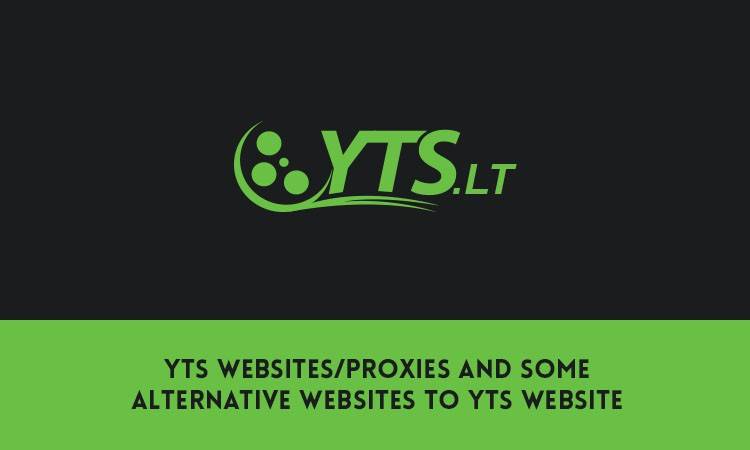Introduction
The dominance of digital media doesn’t mean that printing is dead. Far from it —print and digital have evolved to work together in reaching out to audiences and creating new and awesome experiences.
This has led to unique campaigns like when the Louvre Abu Dhabi launched by printing massive billboard reproductions of classic masterpieces on a famously boring highway. Solar-powered FM transmitters were deployed at the site of the billboards, to which passing drivers could tune in to hear 30-second clips about the displayed artwork and artist.
Dubbed “Highway Gallery,” the campaign was more than successful in its mission to introduce the Louvre in a country that’s largely unfamiliar with museums. In short, print and digital media are stronger together, especially with practical creativity in the mix.
This is why even in an increasingly tech-dependent world that’s dominated by digital media, printing is good business.
7 Tips for Starting a Printing Business
1. Determine what type of printing you want to do

You can’t start a business if you don’t know what you want. Are you interested in large-format printing for billboards or mural-type ads? Or is your printing press going to be geared more towards volume printing for magazines, broadsheets, or marketing materials?
Do you want to print shirts and other merchandise? Your answers to these questions will determine what printers and other machines you’ll need, what type of funding you’re looking at, and how much space and manpower you need to consider.
2. Choose equipment that lines up with your goals

After you’ve narrowed down what you want to do exactly, it’ll be much easier to actually canvass for printers that fit your budget and available space.
The majority of your picks will most likely be digital printers, as they’re ideal for a wide range of jobs —from internally-circulated magazines/news bulletins to large-format billboard projects. Instant garment printers, as well as mug printing machines, are also digital.
offset or analog printing is typically reserved for mass-volume printing jobs, as the price for printing with this type of machine lowers on a per-piece basis — think traditional printing press or small to medium printing shops.
You’ll also need decent computers to operate your machinery. Depending on your business contacts, where you’re located, and how well you know your market, any type of printing business can be lucrative.
Read Also: Top 6 Profitable business ideas in India for Beginners
3. Establish a Growth strategy

This brings us to your long-term goals — what’s your core business strategy? Knowing precisely how you want to grow your company is crucial to starting any business.
In this case, it would be prudent to establish a growth strategy before making any acquisitions or expensive decisions. HP suggests first considering the growth of your operation before the crucial task of picking the right printer, noting how this can help you avoid acquiring units that will just become insufficient in the coming months or years.
Can it keep up with the growing number of projects as your business scales? Will its printing quality still be competent enough in a year’s time? The tech you acquire, whether it’s printers or the computers you need to operate them, should be able to grow with your business.
4. Offer Peripheral Services

Whatever type of printing you specialize in, maximize your investment by offering peripheral services. Don’t just print books and reading material for students when you can also offer professional binding services in-house.
Computer Consulting 101 recommends having cutting equipment ready, such as hydraulic cutters for business cards or specialized cutters for printed vinyl signs.
For small printing shops, it’s always a good idea to also have scanners at the ready.
If you specialize in large-volume orders, why not cut out the middle man and also take care of delivering printed materials and merchandise?
In printing, you can make a lot of money through peripheral services. And if you choose to offer such services for free, you’ll still be building customer/client loyalty and attracting repeat business.
Read Also: Top 20 Online Business Ideas for 2025









